Tippet Rise Art Center
HONOR AWARD
General Design
Fishtail, MT, USA | OEHME, VAN SWEDEN | OvS | Client: Tippet Rise Art Center
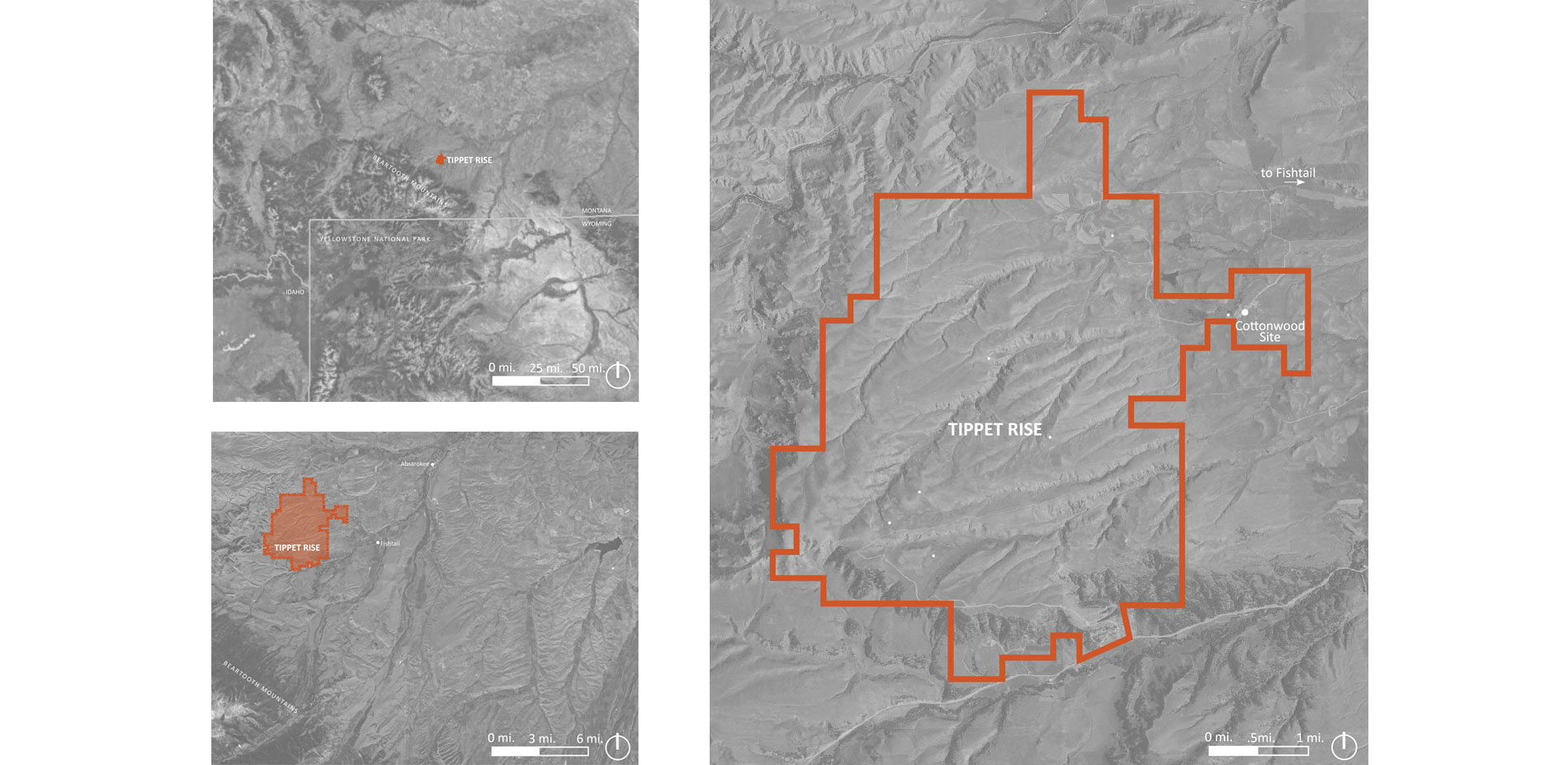
Tippet Rise Art Center is located on over 10,000 acres in southern Montana. The site, north of Yellowstone Park, straddles the divide of the plains and plateau biomes in the north and the Beartooth Mountains in the south.
Photo Credit: Graphics: OvS
Media: Please submit high-resolution image requests to images@asla.org.
Share This:
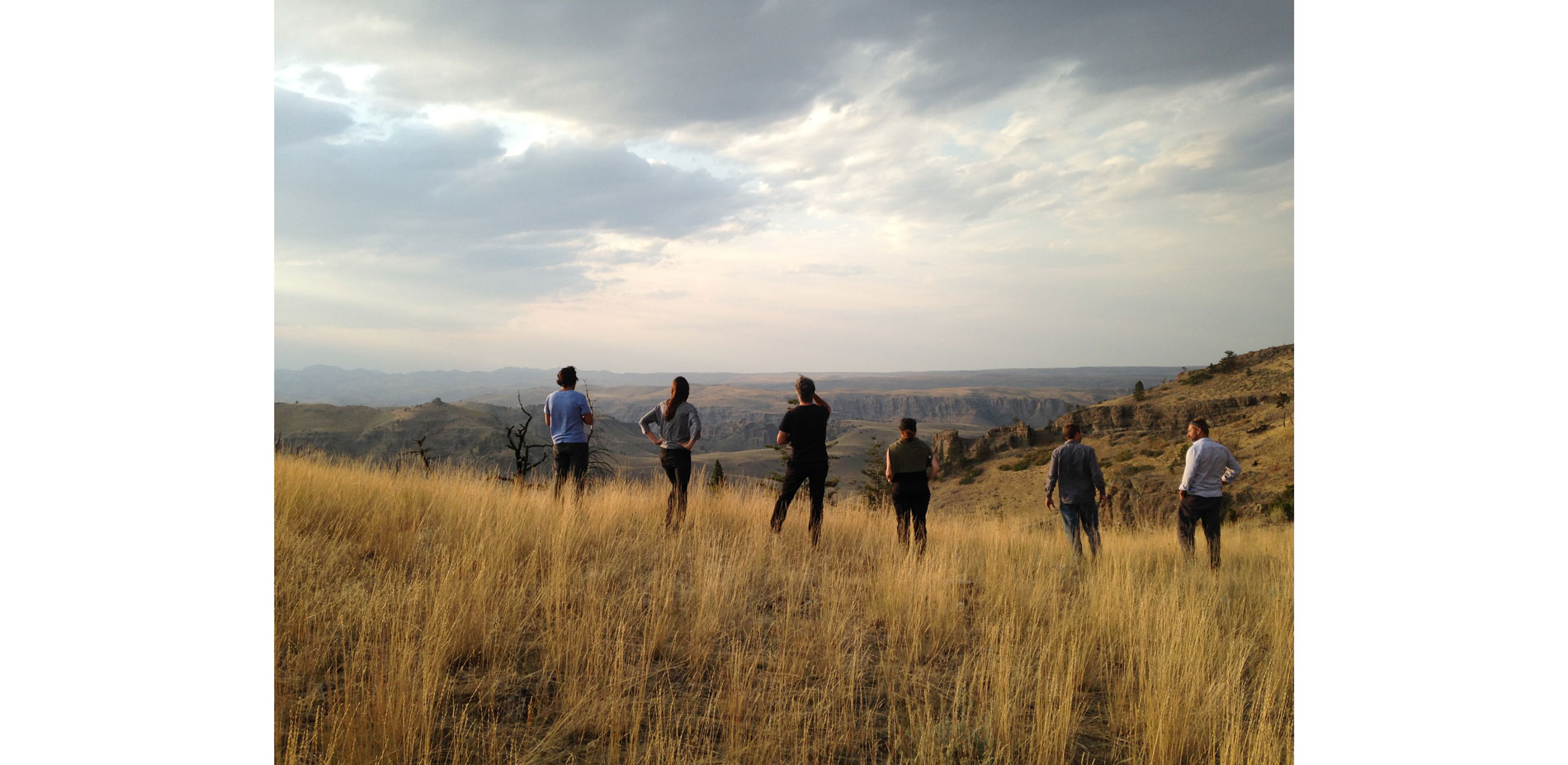
As a grassland, the site has minimal vertical reference, thus providing no relatable sense of scale. During the planning process, considerations of the distance between sculptures, wayfinding, and vehicular and pedestrian circulation were factored into understanding the nuance of the terrain.
Photo Credit: OvS
Media: Please submit high-resolution image requests to images@asla.org.
Share This:
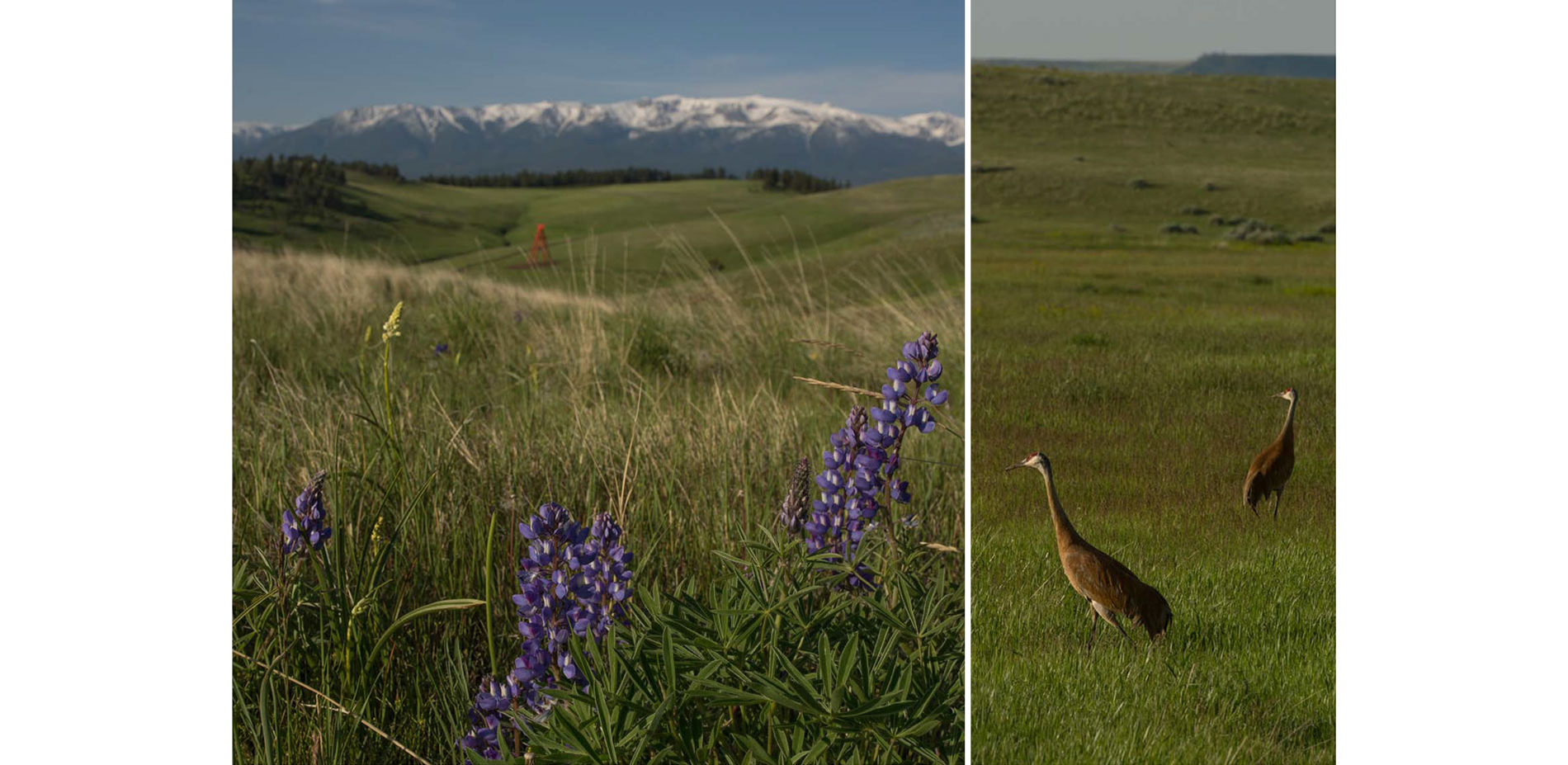
The dynamic ecotone is wind-swept, scarred by fire, and marked by extreme temperature fluctuations. Early blooming forbs and grasses attract an array of grassland species, including mule deer, elk, coyotes and, as shown here, migrating Sandhill Cranes.
Photo Credit: Proverb, 2002 Artist: Mark di Suvero
Photo: Erik Petersen © 2016 Tippet Rise and Tippet Rise Art Center, MT Photo: Erik Petersen © 2016 Tippet Rise
Media: Please submit high-resolution image requests to images@asla.org.
Share This:
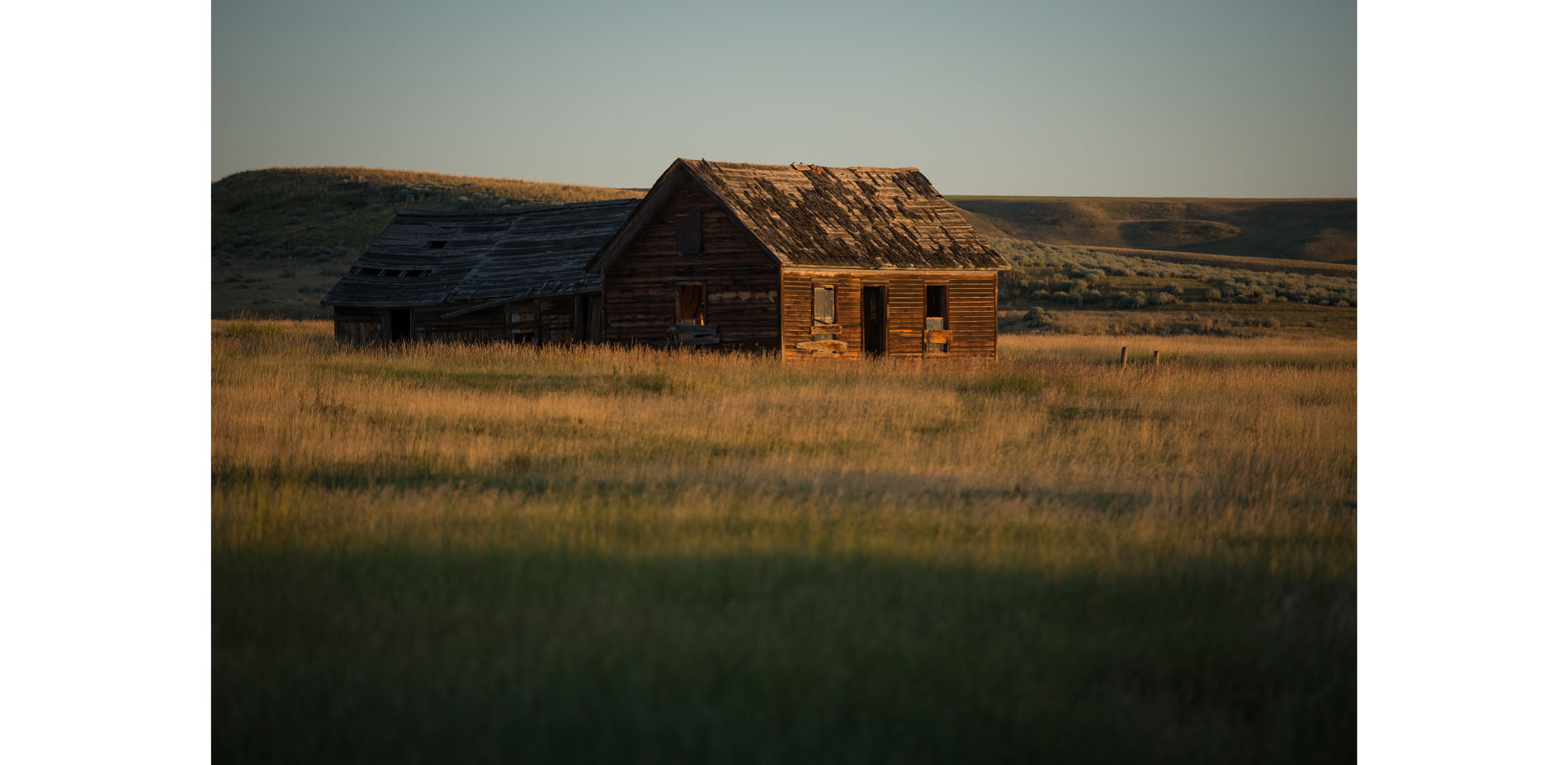
The remnants of 19th-Century homesteaders are etched on the land. The vernacular architecture, windbreaks, and pasture fences informed the aesthetics of the site’s components and ultimately site selection.
Photo Credit: Tippet Rise Art Center, MT Photo: Erik Petersen © 2016 Tippet Rise
Media: Please submit high-resolution image requests to images@asla.org.
Share This:
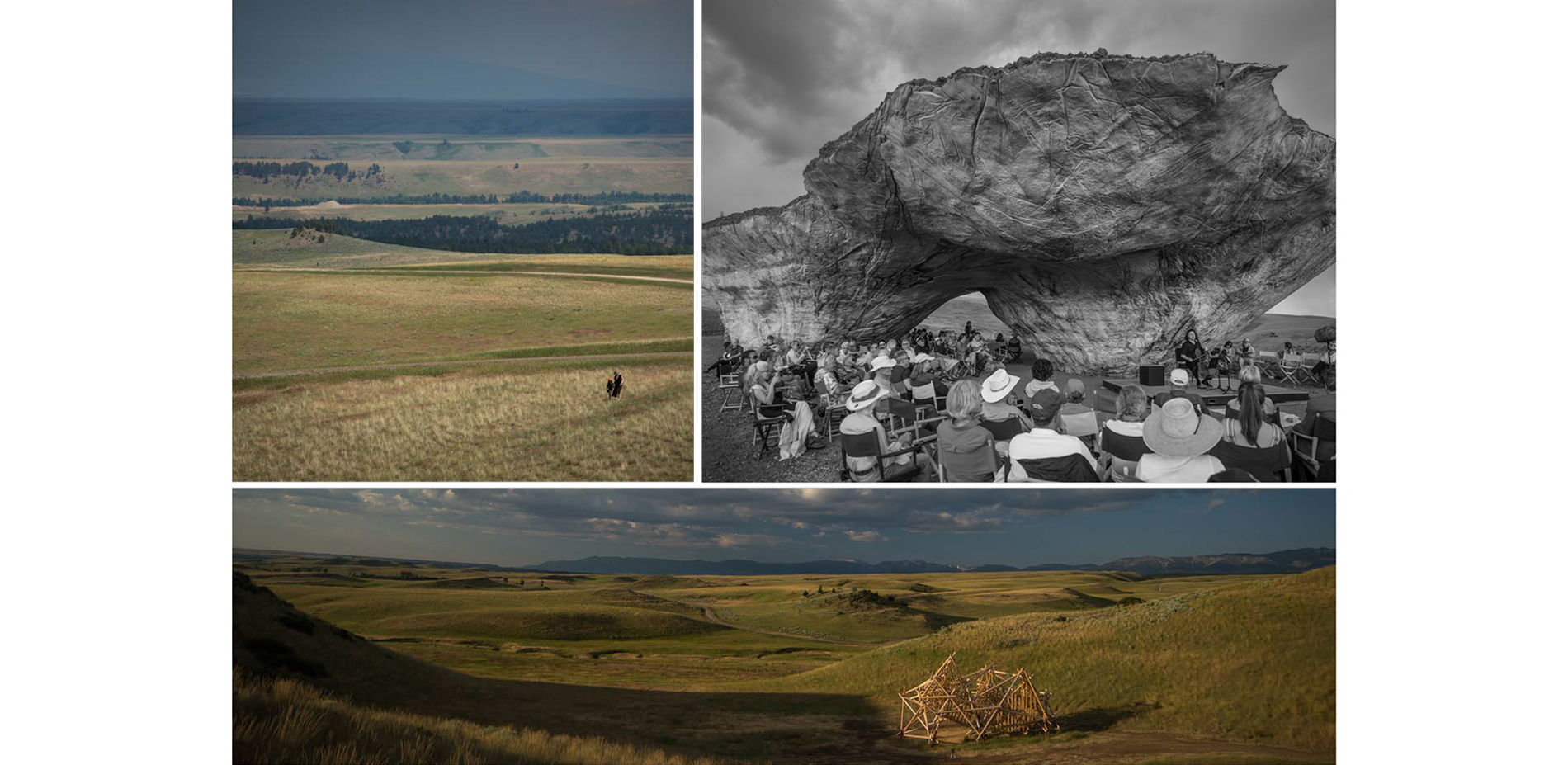
Tippet Rise was envisioned as a place where music, art, and nature are experienced simultaneously and without spectacle. The colossal scale is only surpassed by Montana’s ‘Big Sky,’ which injects an unmatched level of drama into every perspective.
Photo Credit: (Clockwise from Top Left) Photo Erik Peterson © 2016 Tippet Rise and Domo, 2016 Artist:Ensamble Studio Photo: Erick Petersen © 2016 Tippet Rise and Satellite #5: Pioneer, 2016 Artist: Stephen Talasnik Photo: Erik Petersen © 2016 Tippet Rise
Media: Please submit high-resolution image requests to images@asla.org.
Share This:
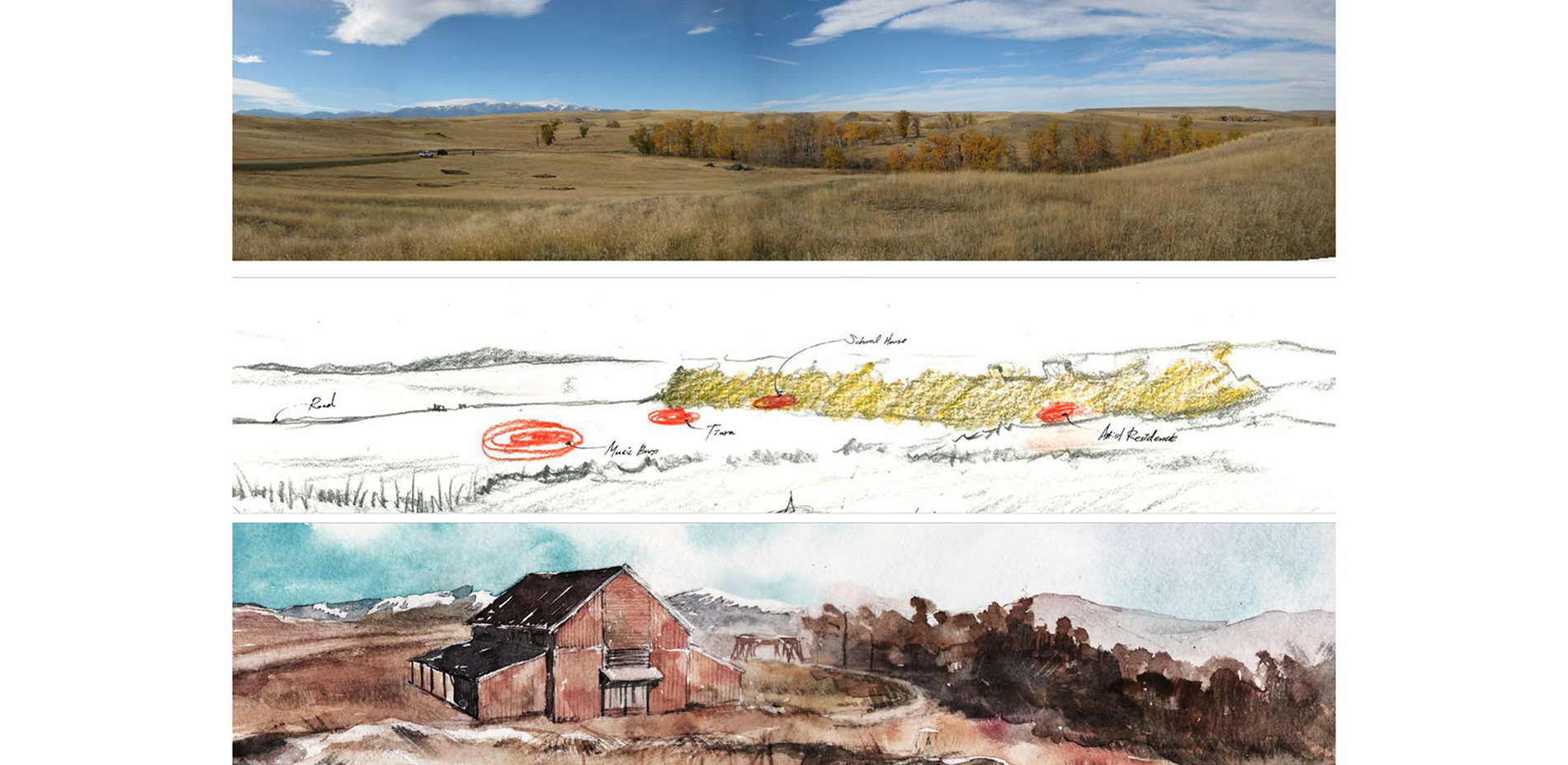
The landscape architect prepared a series of analysis diagrams that explored how various program elements would fit on different sites within the 10,000 acres. In addition to program, factors of sustainability and resource conservation were fundamental to site selection.
Photo Credit: OvS
Media: Please submit high-resolution image requests to images@asla.org.
Share This:
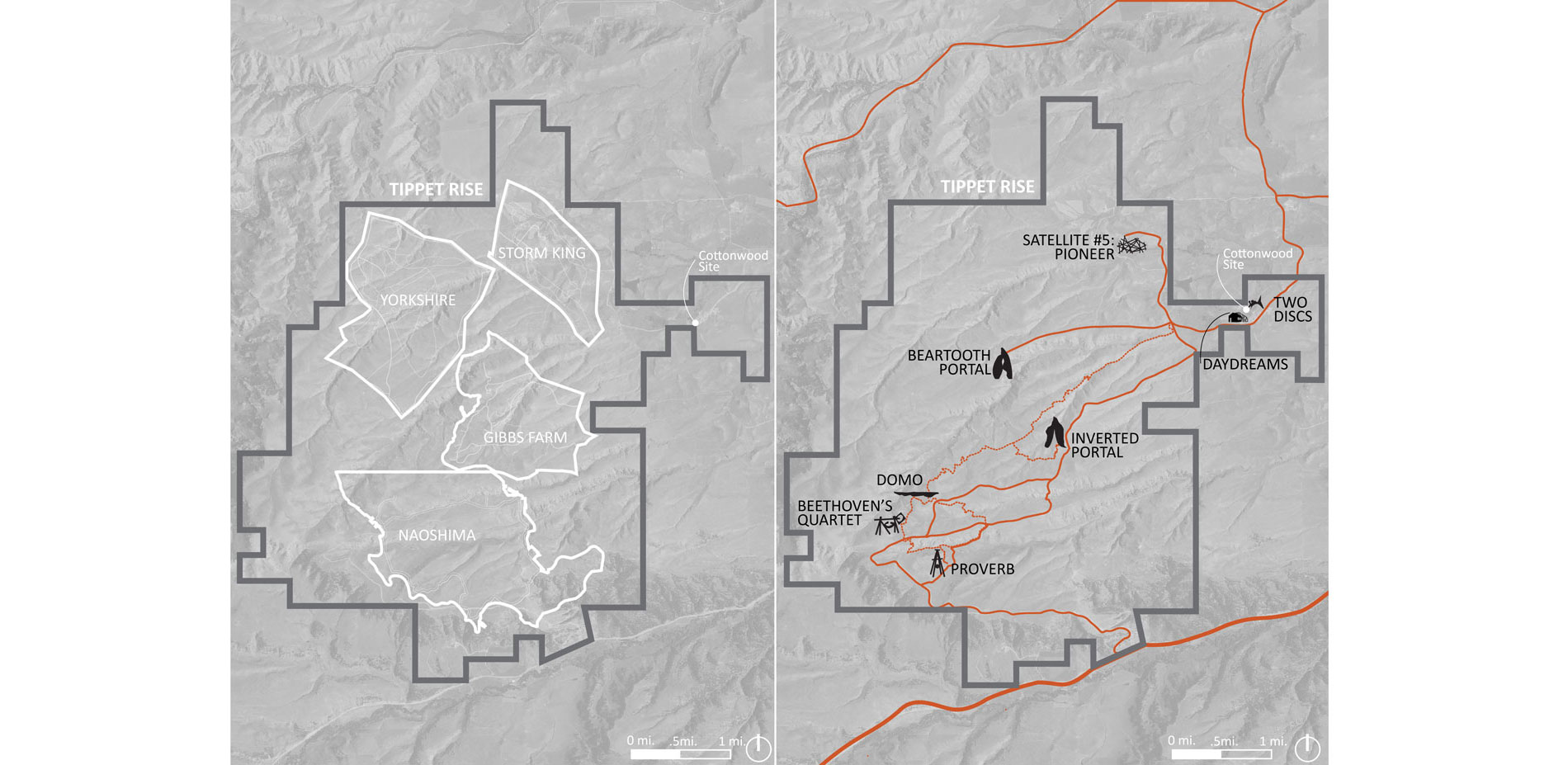
The site’s vast scale is given perspective when compared to that of other international sculpture parks and art centers, including Storm King, Gibbs Farm, and Yorkshire, which all fit in Tippet Rise’s boundary. The landscape architect’s benchmarking studies crystalized design objectives and program elements.
Photo Credit: (Clockwise from top left) OvS and OvS and Satellite #5: Pioneer, 2016 Artist: Stephen Talasnik Photo: Erik Petersen © 2016 Tippet Rise and OvS
Media: Please submit high-resolution image requests to images@asla.org.
Share This:
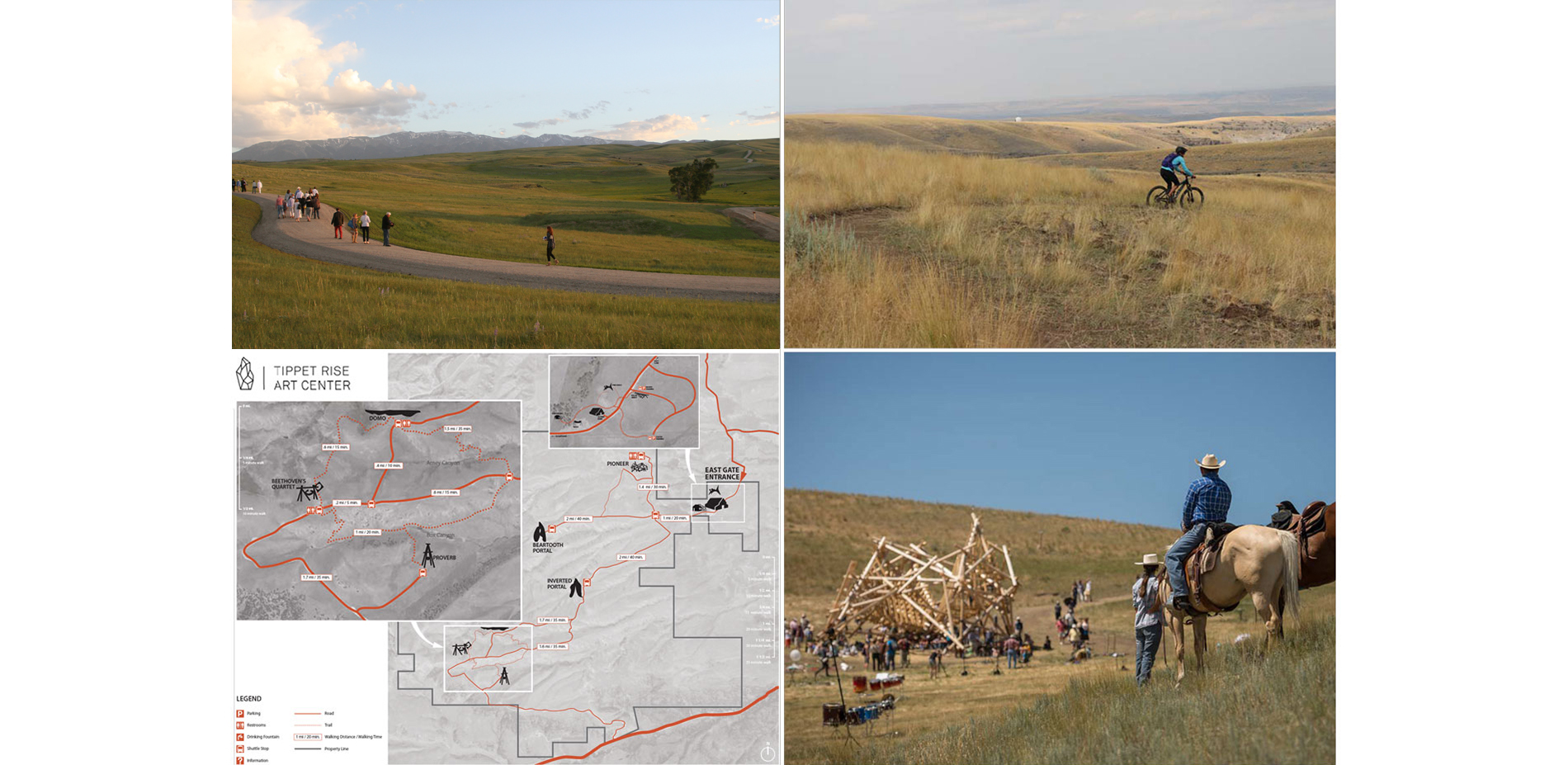
The distance between sculptures at Tippet Rise’s is measured in miles. In addition to an overall circulatory system, the landscape architect developed site signage and online and printable maps that indicate walking, cycling, and riding trails, shuttle information, accessibility, and sculpture locations.
Photo Credit: Clockwise from top left: OvS and OvS and Satellite #5: Pioneer, 2016 Artist: Stephen Talasnik Photo: Erik Petersen © 2016 Tippet Rise and OvS
Media: Please submit high-resolution image requests to images@asla.org.
Share This:
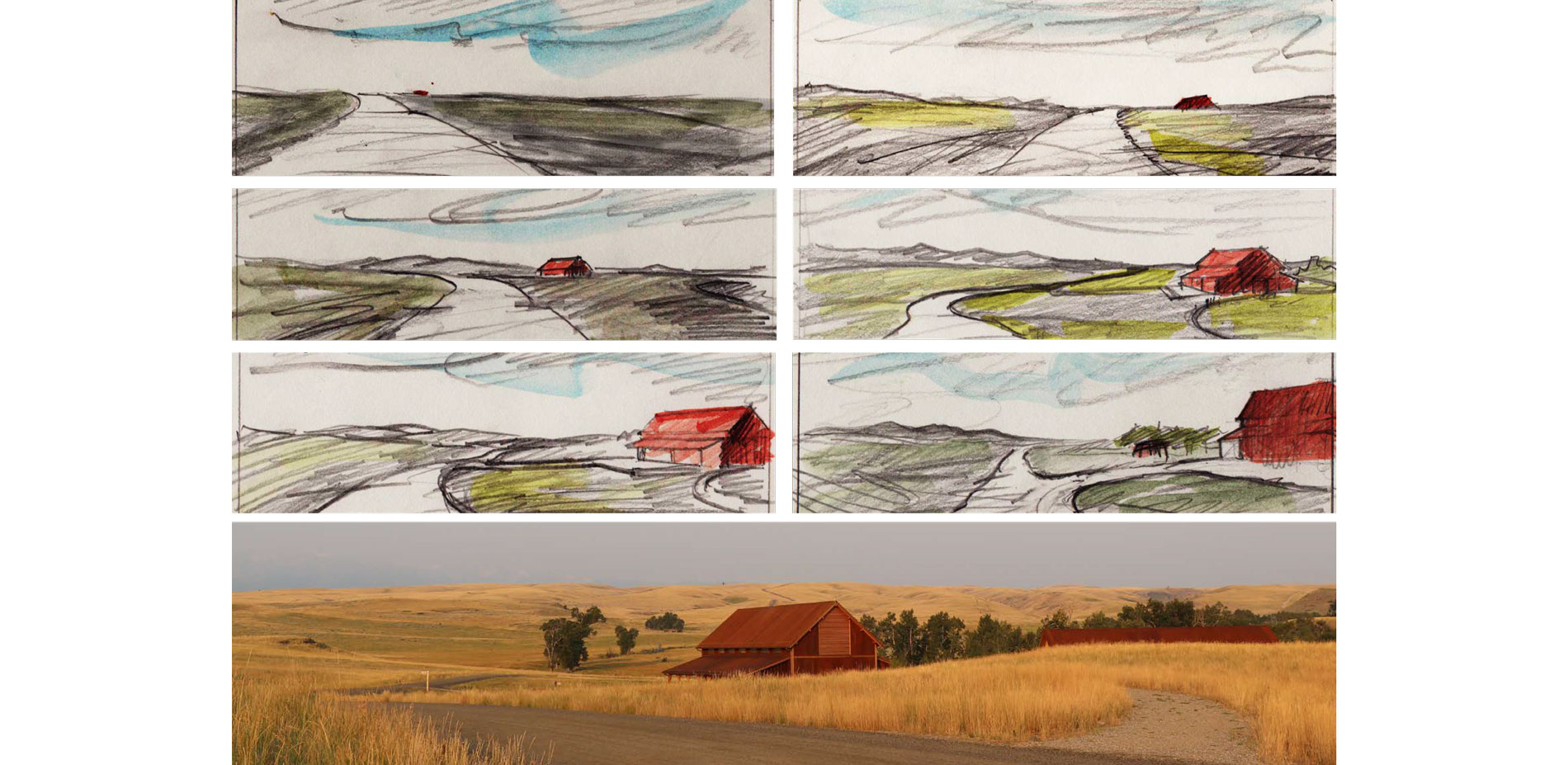
The 10-acre Cottonwood Site was ultimately selected as the project’s programmatic confluence. Arrival and circulation studies enabled the landscape architect to choreograph an arrival sequence that maintains the site’s expansiveness and reveals structures as visitors move through the site.
Photo Credit: OvS
Media: Please submit high-resolution image requests to images@asla.org.
Share This:
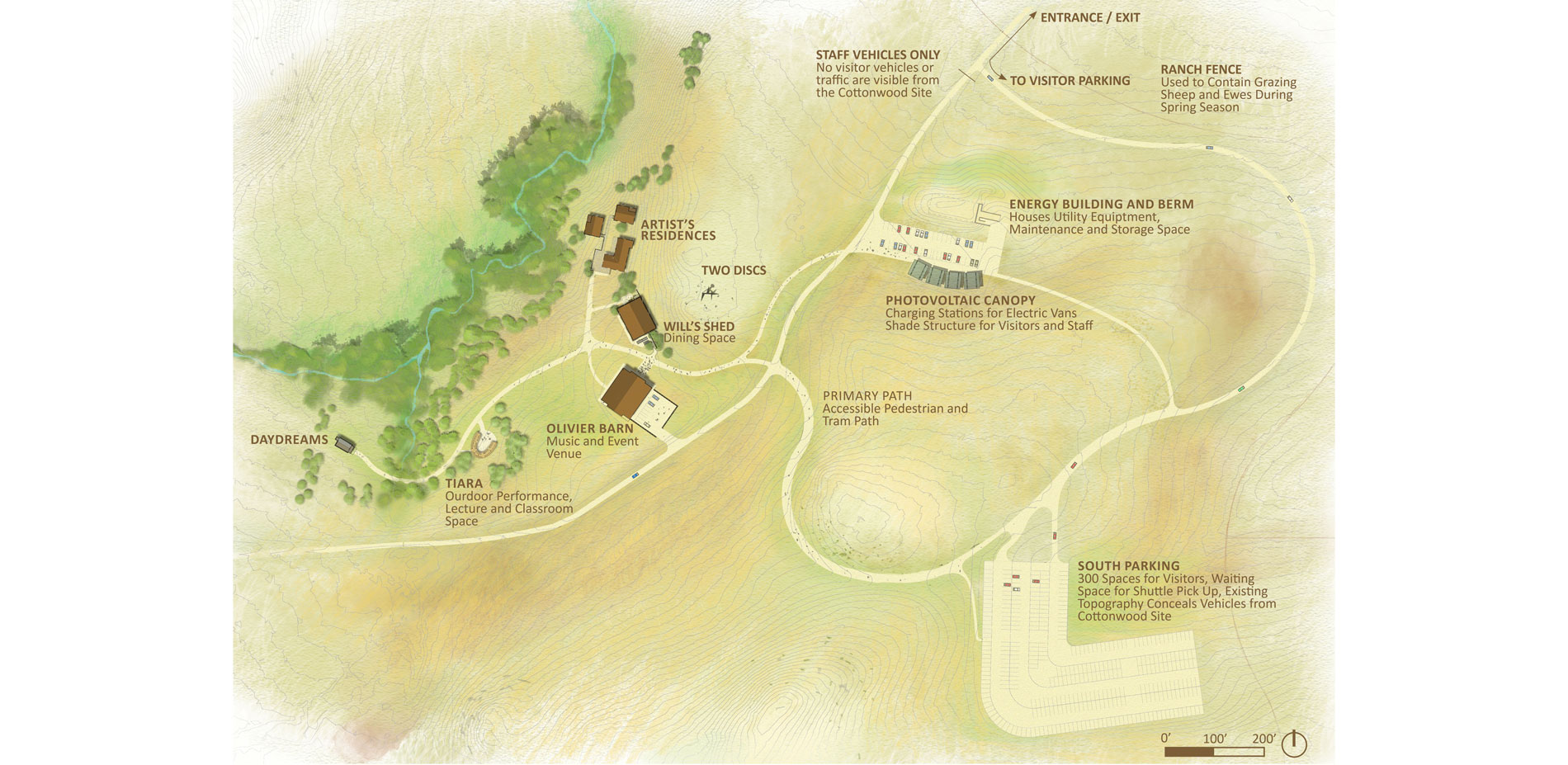
The Cottonwood Site was selected using the same criteria as that of the early settlers: access to water, timber, and windbreaks. In addition the site accommodates sustainable and conservation measures such as the photovoltaic array, the Energy Building, geothermal wells, and parking in a removed location.
Photo Credit: OvS
Media: Please submit high-resolution image requests to images@asla.org.
Share This:
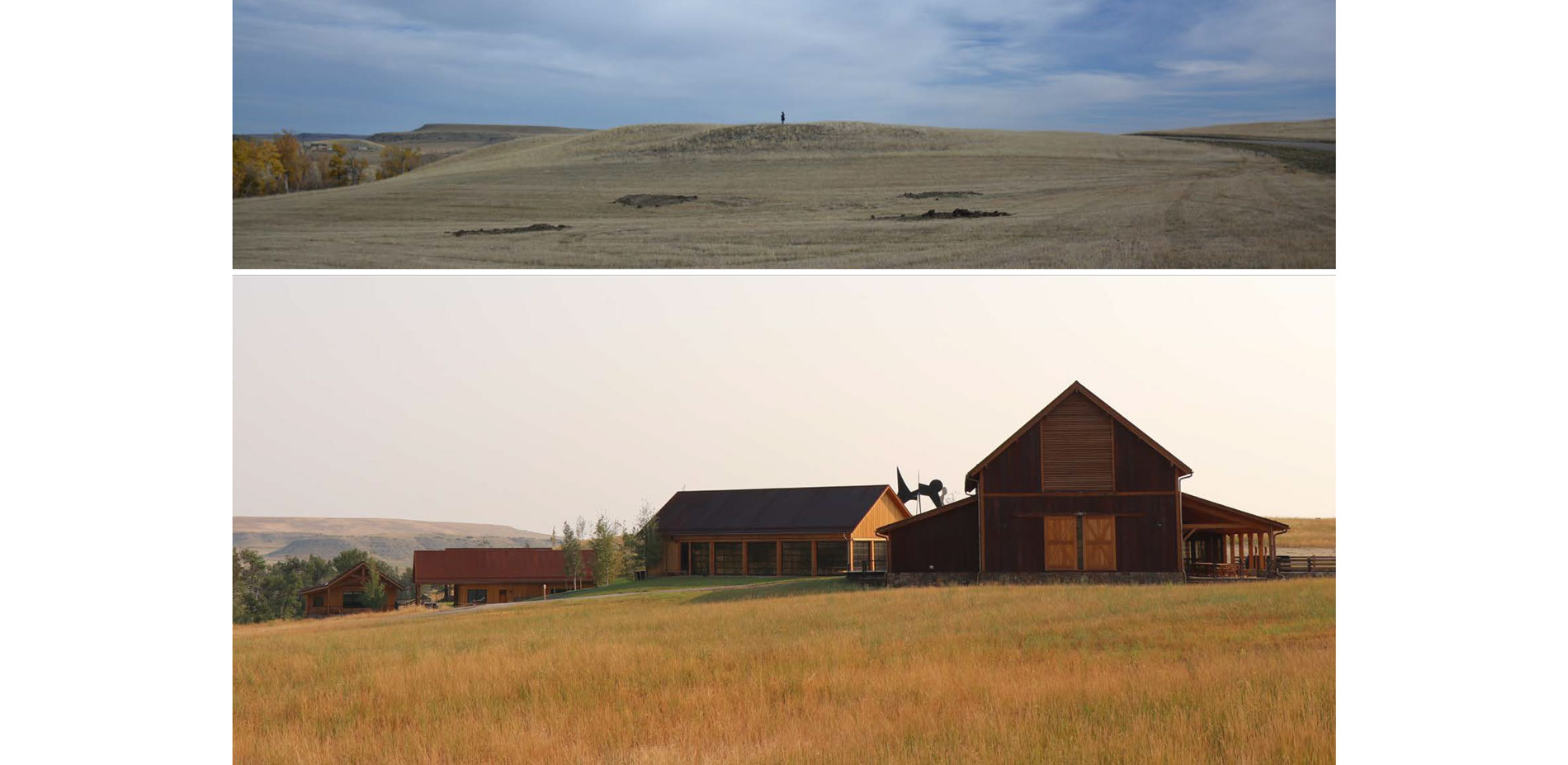
Before and After: Working with existing landforms, the landscape architect collaborated with the project team to strategically locate and site architectural elements. The Olivier Music Barn, Artists Residences, and Will’s Shed are clustered in close proximity.
Photo Credit: OvS
Media: Please submit high-resolution image requests to images@asla.org.
Share This:
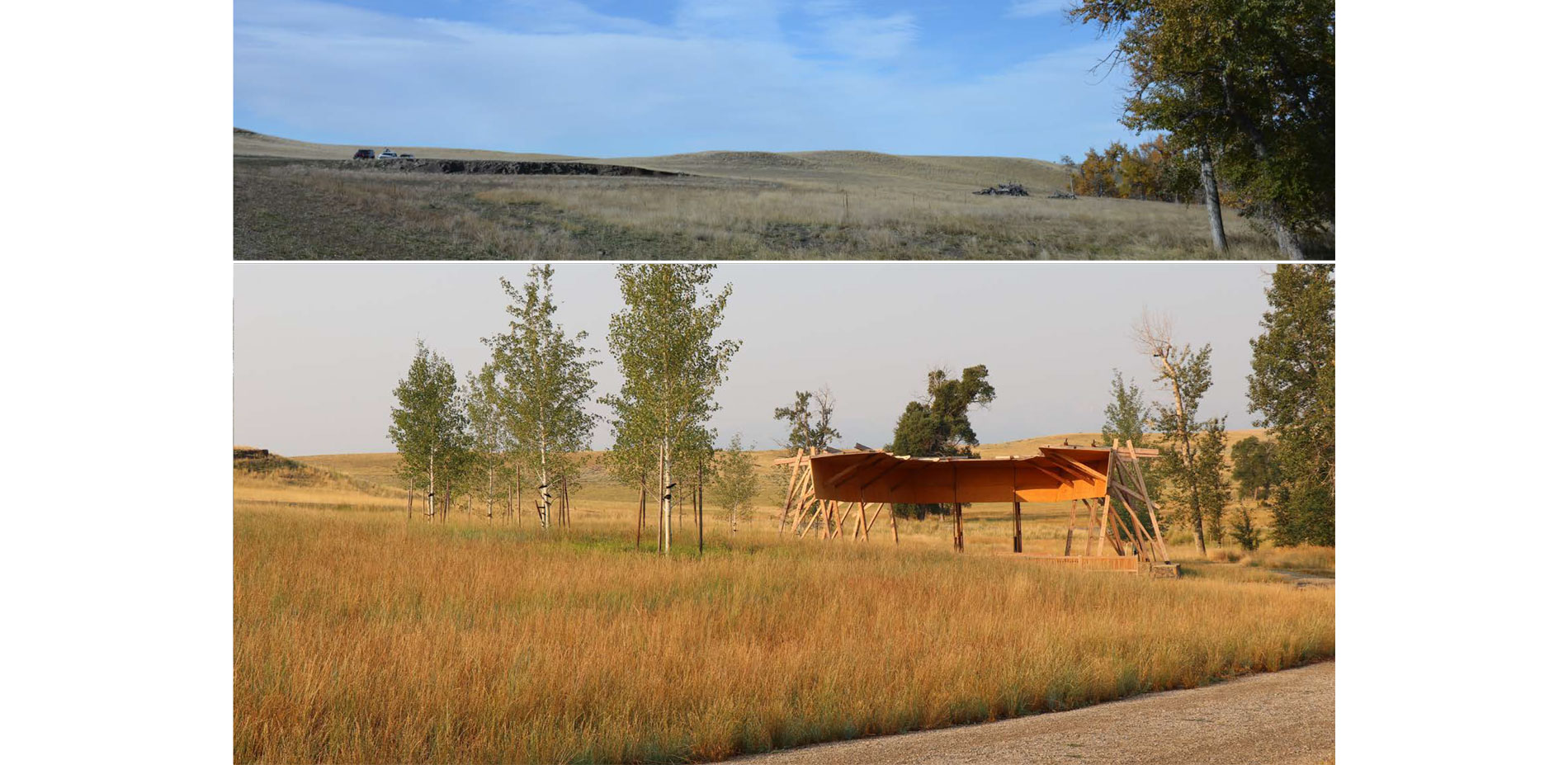
Before and After: The site of the Tiara capitalizes on the original hedgerow as an acoustic buffer and allows for increased tree canopy. The dual planting strategy maximizes grasses and forbs for the concert season while accommodating grazing in early spring.
Photo Credit: OvS
Media: Please submit high-resolution image requests to images@asla.org.
Share This:
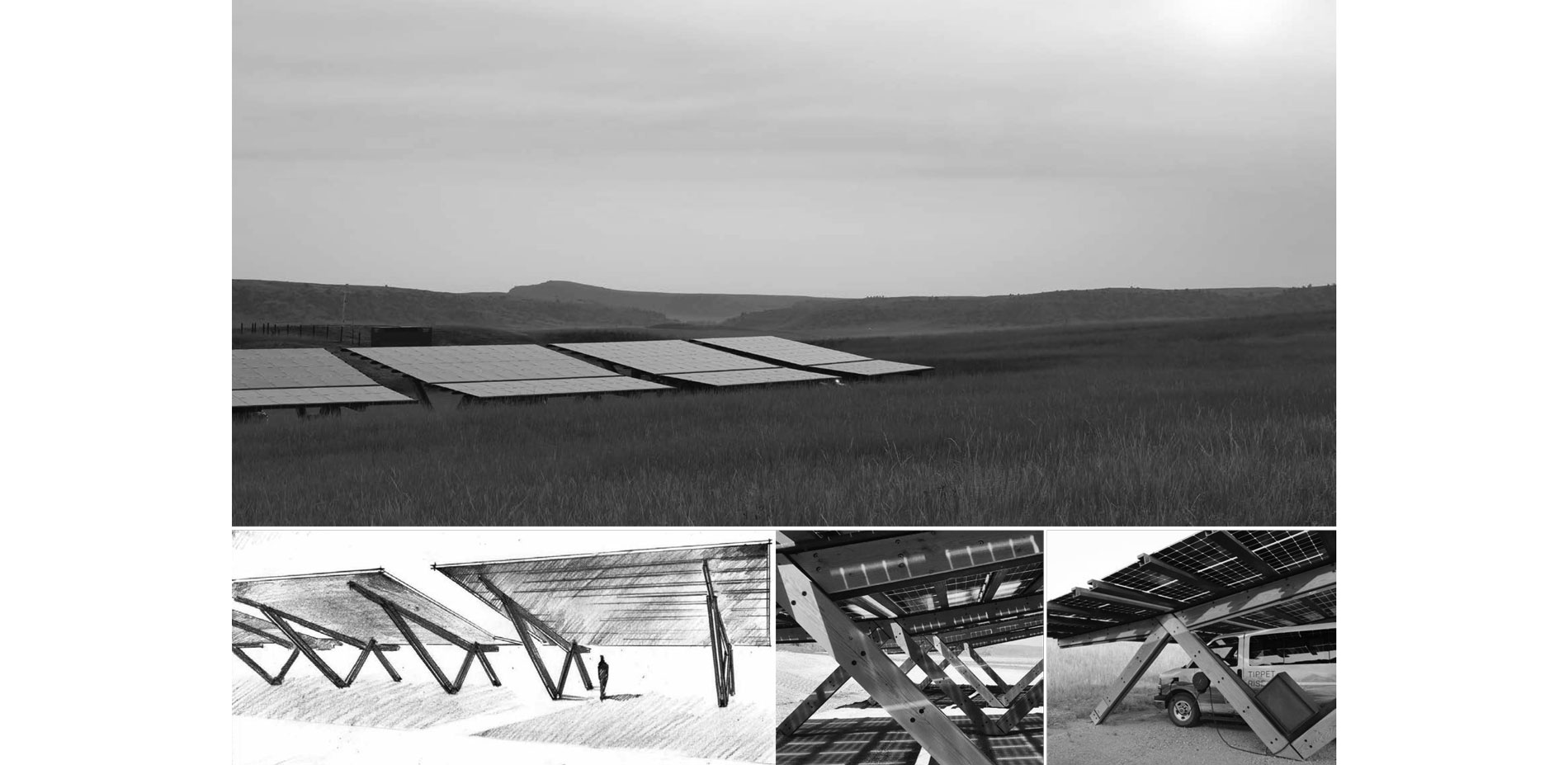
Tucked into the hillside, an 8,000 square foot array of photovoltaic panels powers Tippet Rise’s fleet of electric vehicles. During events, the panels double as shade structures for visitors and as rain and snow harvest throughout the year.
Photo Credit: (Clockwise from top left) OvS and OvS and OvS and OvS and Olivier Music Barn Photo: Erik Petersen © 2016 Tippet Rise and OvS
Media: Please submit high-resolution image requests to images@asla.org.
Share This:
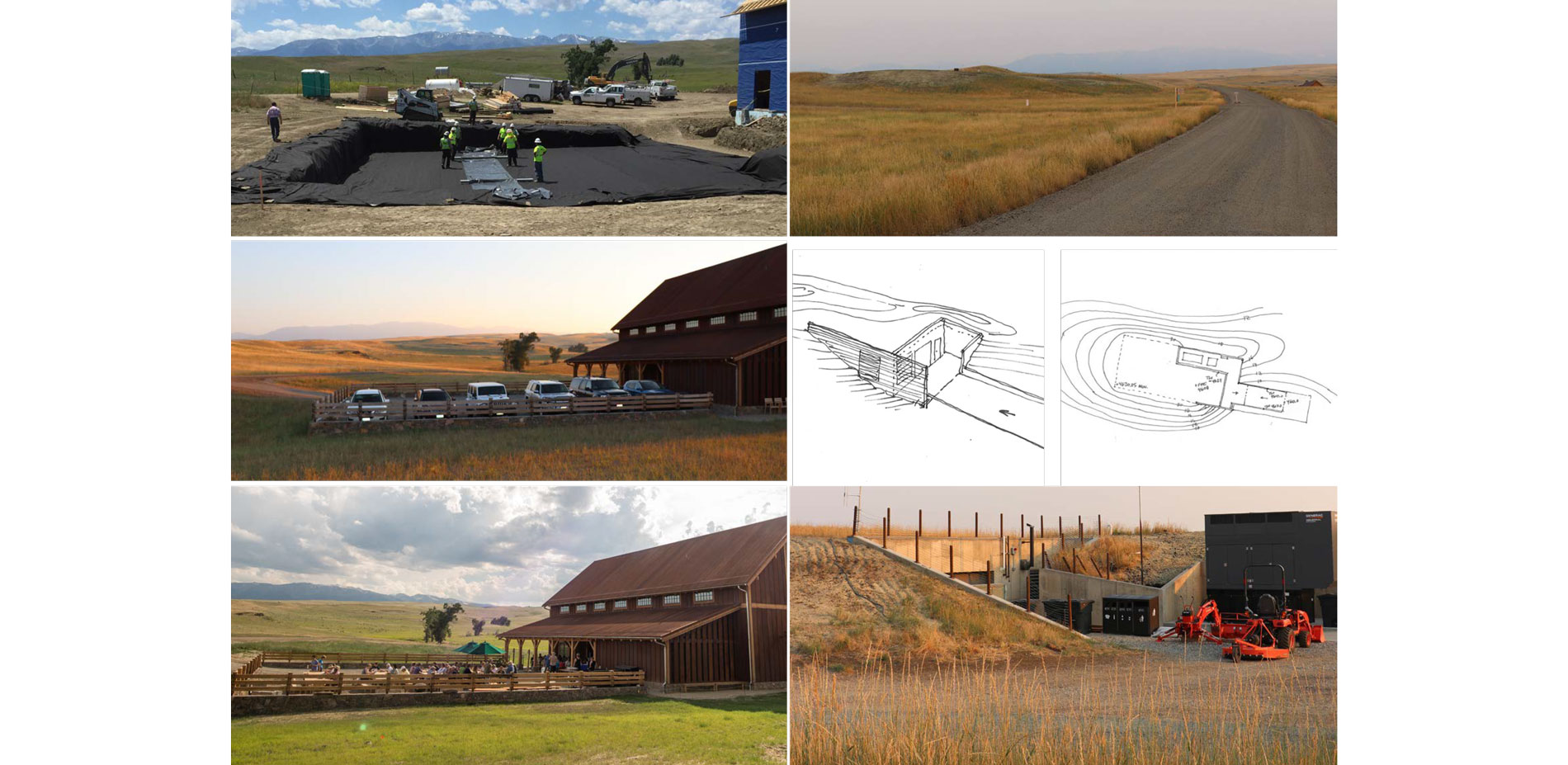
Site elements are multipurpose by design. LEFT: A 100,000-gallon rain/snow storage system is concealed below the Music Barn’s accessible parking surface. RIGHT: The landscape architect extended the ridge in the top photo to ensconce the Energy Building, the nucleus of the site’s utility systems.
Photo Credit: All OvS except for lower left, which is Erik Petersen.
Media: Please submit high-resolution image requests to images@asla.org.
Share This:
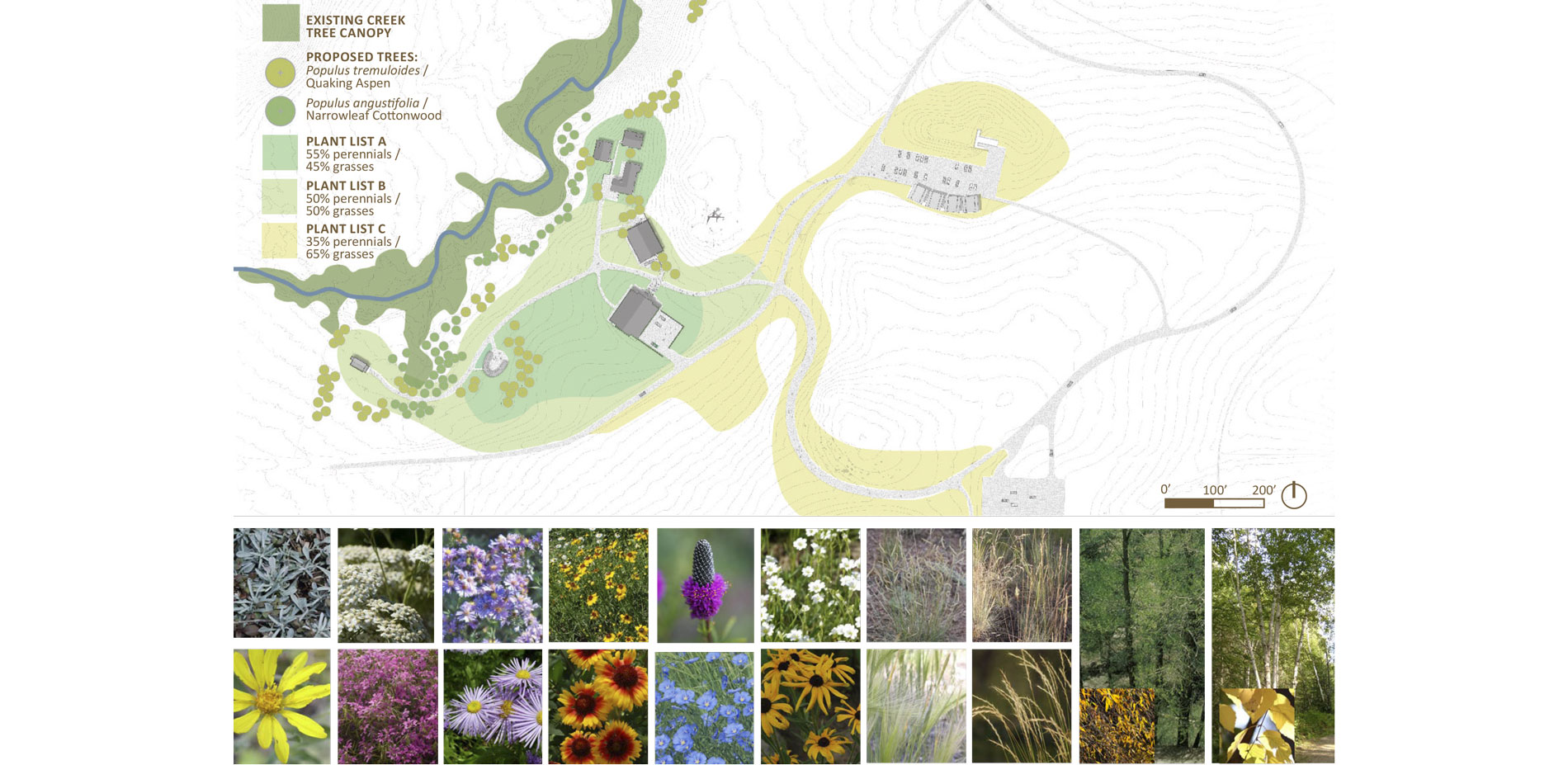
The planting strategy re-establishes grassland diversity and implements sustainable grazing practices. Selected plant species optimize site ecology, strengthen wildlife corridors, and increase tree canopy with new Cottonwood and Aspen trees. The plant palette was utilized for all disturbed areas on the ranch.
Photo Credit: OvS
Media: Please submit high-resolution image requests to images@asla.org.
Share This:
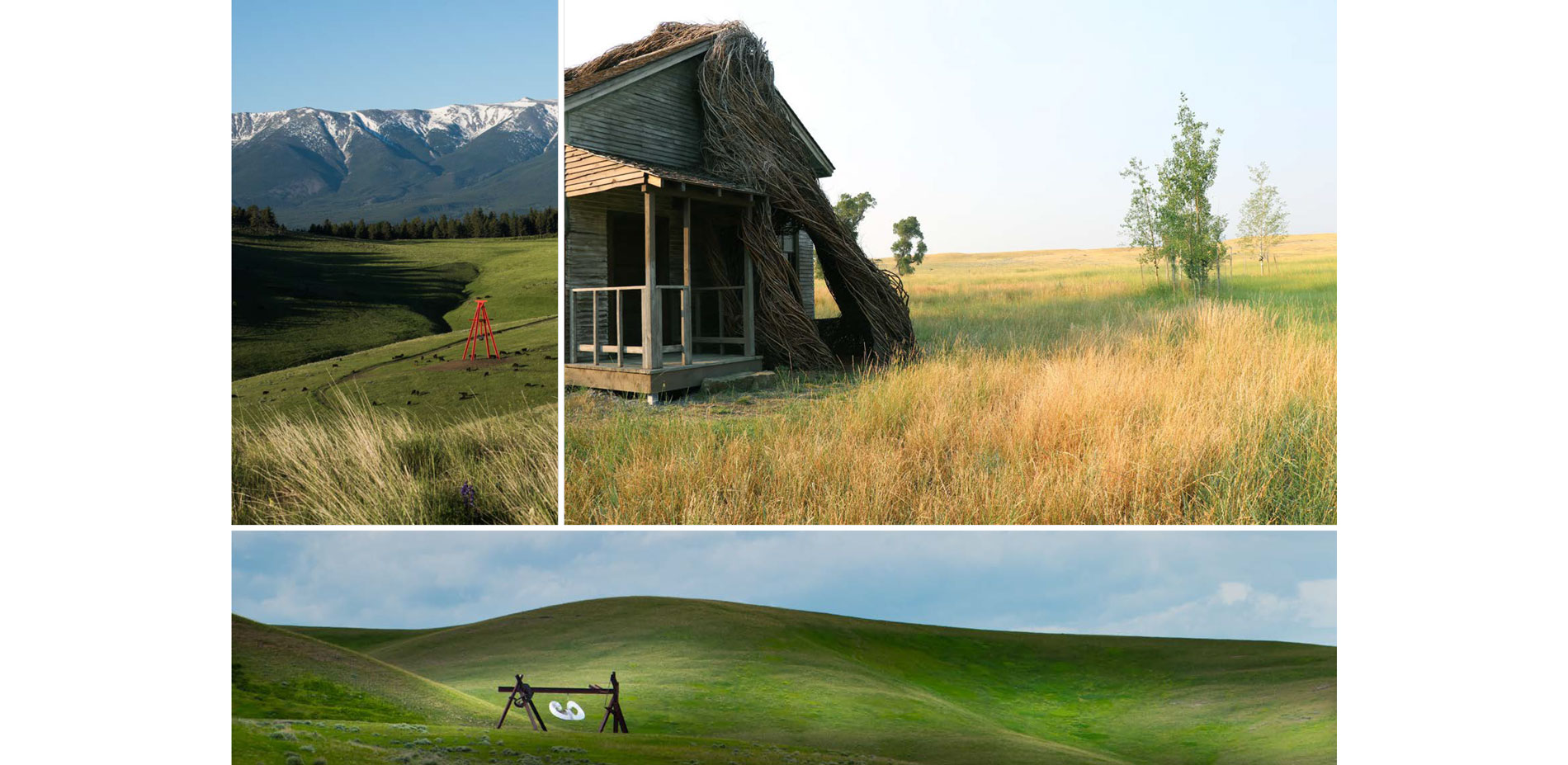
The culmination of a visionary client and multi-disciplinary design team resulted in a considered and thoughtful design that intertwines built form with landscape, art, and nature.
Photo Credit: OvS
Media: Please submit high-resolution image requests to images@asla.org.
Share This:
